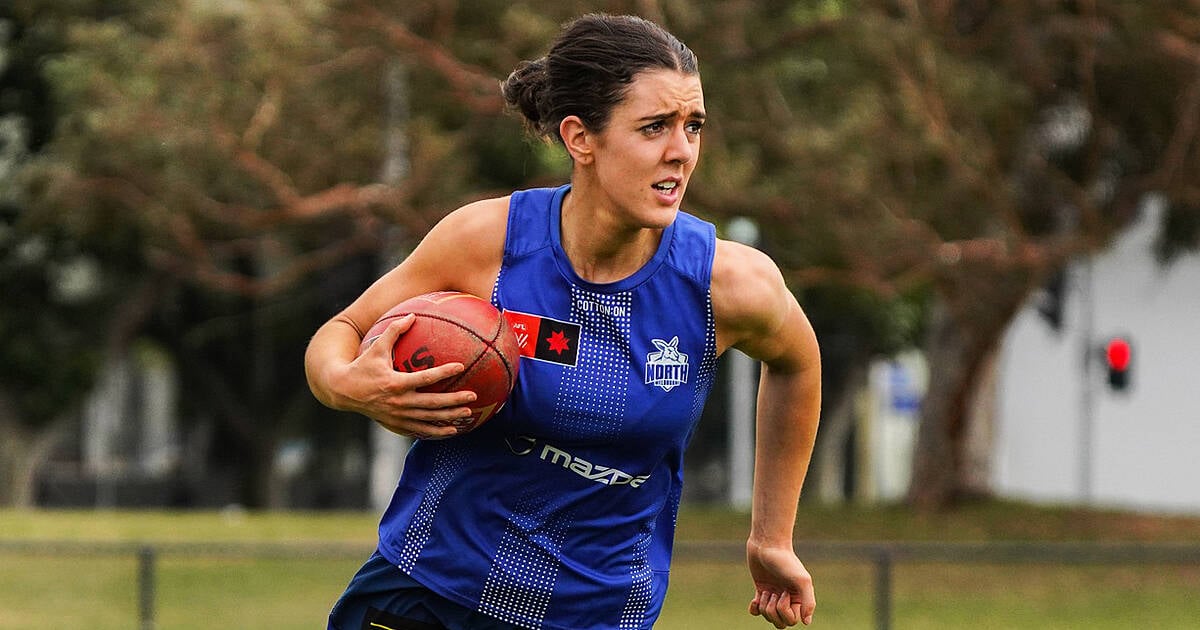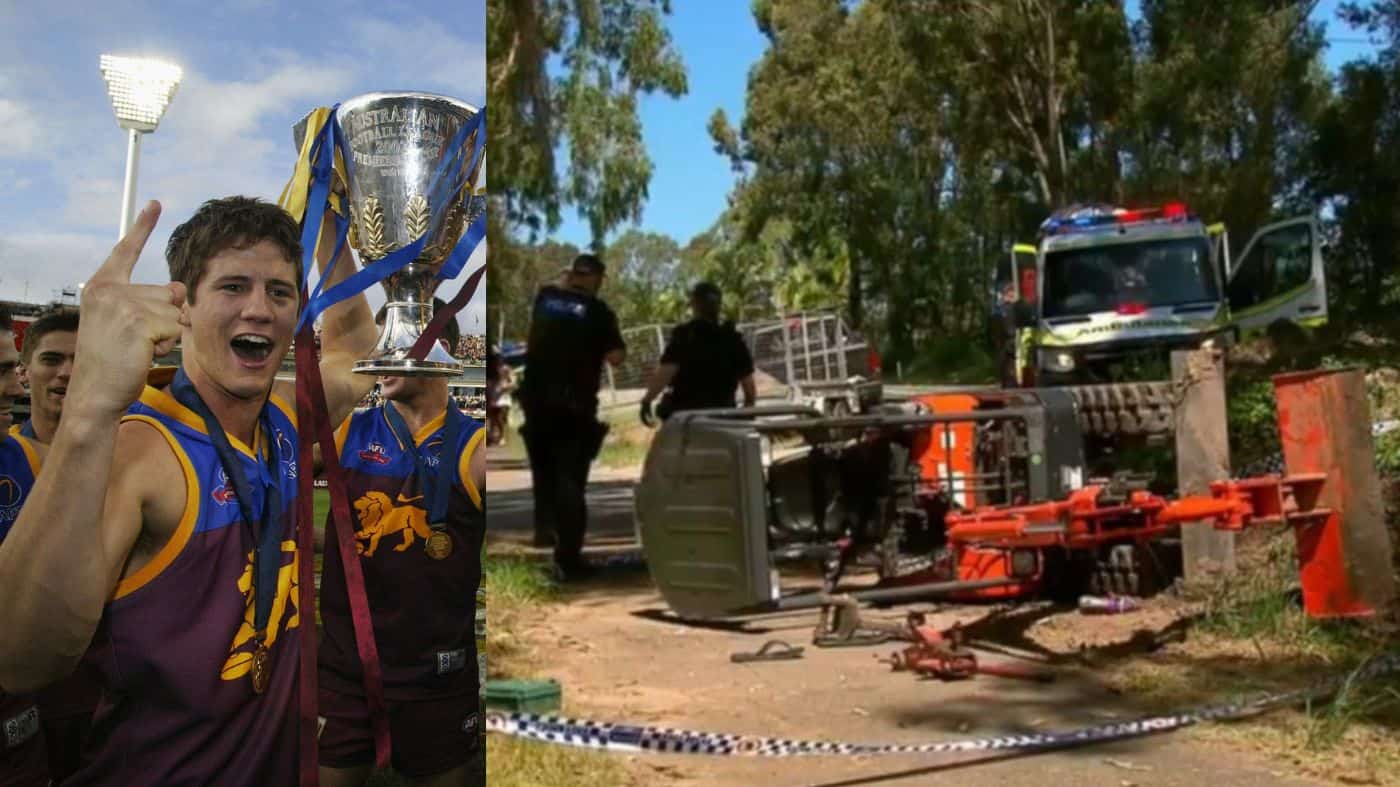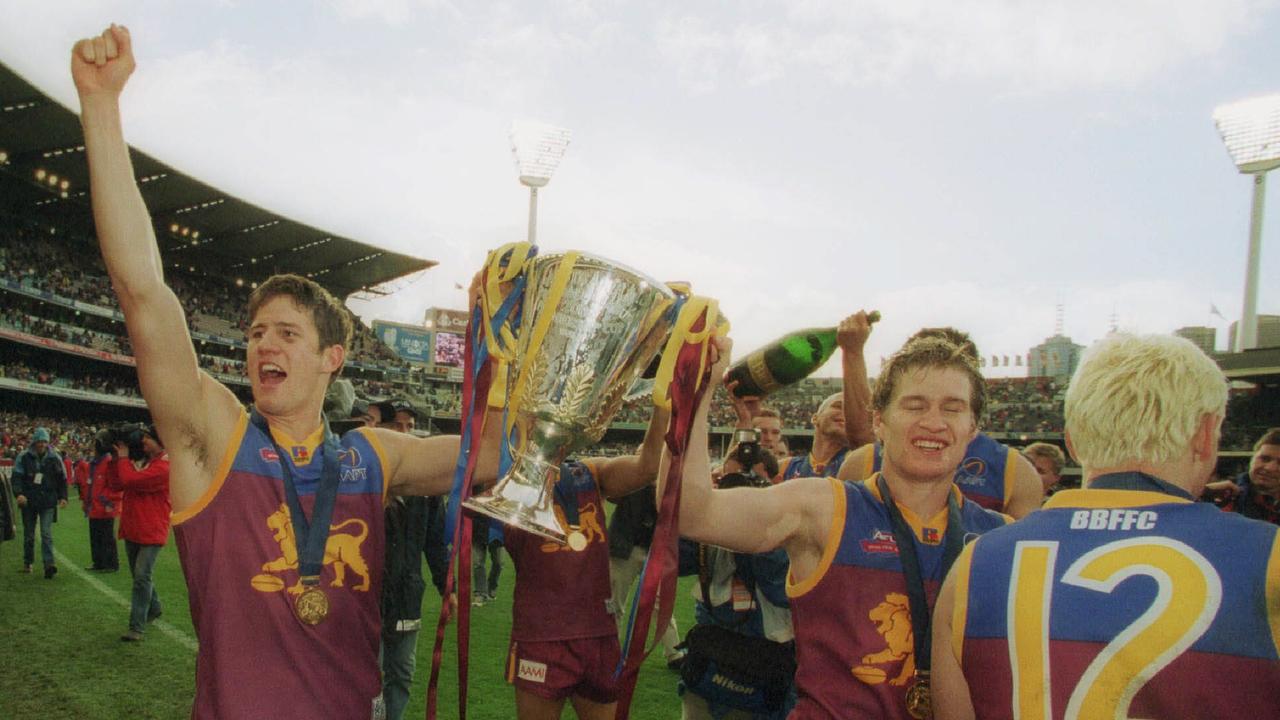Celebrating Sir Doug Nicholls

- by Admin
- May 14, 2024
Round 1, 1932 was extra special for Swans fans. Playing Melbourne at Lake Oval, the club debuted a well-credentialed 18-year-old from Fairfield named Herbie Matthews, whose father had partnered the great Roy Cazaly in the ruck for South Melbourne in the early 1920s.
He went on to become one of the Swans’ all-time greats. Brownlow Medallist in 1940, runner-up in 1937 and 1941 and third in 1936, he was a five-time club champion and captain for eight years. A member of the Swans Team of the Century and the AFL Hall of Fame.
It was special, too, because playing his first game for South was ex-Richmond player Jack Bisset, who 12 months later would become captain-coach and take the club to the 1933 flag. Seventy years later he was named coach of the Team of the Century.
But about 6km down the road from Lake Oval there was another debutant who, while he didn’t reach anything like the footballing heights of Matthews or Bisset, had a profound influence not just on football but on Australian society. And still does, 92 years on.
Making his debut for Fitzroy against Carlton at Brunswick Street Oval was a 25-year-old who was just 157cm and 65kg. Tiny in statue but a giant among the Indigenous community then and now.
Doug Nicholls, wearing the #13 jumper, played the first of 54 games for Fitzroy in a career for a long time that looked like it would never happen.
Having begun his football with Tongala in the Goulburn Valley, he had tried out unsuccessfully with then VFL clubs North Melbourne and Carlton before the 1927 season, and later joined Northcote in the VFA.
Described as “an energetic and speedy wingman capable of spectacular feats”, he was a member of the Northcote premiership side in 1929 and in 1931 finished third in the Recorder Cup, later to become the Liston Trophy for the competition’s best player.
The best wingman in the VFA at the time, he joined Fitzroy in a last-ditch effort to play at the highest level without having any idea of the impact he would have on and off the field.
Born on 9 December 1906 on the Cummeragunja Reserve in New South Wales, he was the youngest of five children from the Yorta Yorta people. Raised on a mission where strict religious principles were upheld, he was schooled only to Grade 3 standard.
He was eight when he saw his 16-year-old sister Hilda forcibly taken from his family by the police and sent to the Cootamundra Domestic Training Home for Aboriginal Girls, where she was trained as a domestic servant.
At 13 Nicholls worked with his uncle as a tar boy and general hand on sheep stations and lived with the adult shearers. As legend has it, he was a hard-working lad of cheerful disposition who did it tough but was made of the right stuff.
He needed to be because in his early days at Fitzroy he was subjected to taunts by spectators and ostracised by teammates because of his colour. Often, he would sit by himself in the dressing rooms, and not until he was befriended by Haydn Bunton Snr, father of the triple Brownlow Medallist of the same name, was he made to feel welcome.
In 1935, in his fourth season with Fitzroy, Nicholls was the first Indigenous player to represent Victoria. He played four times for the State team in what would later be recognised as a defining moment for Indigenous Australians not just in football but everyday life.
Nicholls was also a capable sprinter and competed in gift races across Victoria during athletics seasons. In 1928 he won the Nyah and Warracknabeal Gifts after which race organisers paid him an appearance fee, board, and expenses to enter races.
He was also a handy boxer, and to earn a living outside football and athletics seasons he was part of a travelling sideshow in which the promoter offered his fighters for challenge against all comers.
And during World War II he taught members of the US military based in Melbourne the art of throwing a boomerang – as is evidenced by a photograph in the Australian War Memorial archives – and organised Indigenous football teams for fund-raising matches often played against Northcote. By 1935, still playing football while serving as secretary of the Australian Aborigines League, he helped drive a campaign for reconciliation.
It was the beginning of a long, hard road that in 1967 would see a change to the Australian Constitution via a referendum that included Indigenous Australians in the census.
Along the way Nicholls was called up to join the Australian war effort in 1941 and joined the 29th Battalion of the Australian Army. But in ’42, following a request from the Fitzroy police, he was released to serve as a social worker in the Fitzroy Aboriginal community.
He cared for people with alcohol and gambling problems, among other social issues. Indigenous people flocked to him and eventually the group was so large that he became the pastor of the first Aboriginal Church of Christ in Australia. He was ordained as a minister.
In recognition of his service over almost 40 years Nicholls was the first Indigenous Australian to be knighted in 1972, and the first and only Indigenous Australian appointed to vice-regal office. He served as Governor of South Australia from 1 December 1976 until his resignation due to ill health on 30 April 1977, and died in Mooroopna, near Shepparton, on 4 June 1988 aged 81.
So, after the inception of Marn Grook at the SCG in 2002 and Dream Time at the MCG in 2005, the AFL adopted an annual Indigenous Round to celebrate the history of First Nation’s cultures across Australia.
When in 2016 the League was looking for an appropriate name for Indigenous Round there was only one choice. It became the Sir Douglas Nicholls Round.
The Latest News
-
December 24, 2024Letters reveal The Don’s struggles with fame, eye for talent and fears for cricket’s future
-
December 24, 2024Head has short net session, in doubt for Boxing Day Test
-
December 23, 2024‘Puts golf on the map here’: Ryan Fox praises Rory McIlroy visiting New Zealand’s Tara Iti, Te Arai – Australian Golf Digest
-
December 23, 2024Freedom Boat Club Announces its 10th Australian Location with its Newest Location Offering Direct Access to the Iconic Brisbane River – Marine Business News
-
December 23, 2024Highfield and Australian Sailing team up in RIB support – Marine Business News




